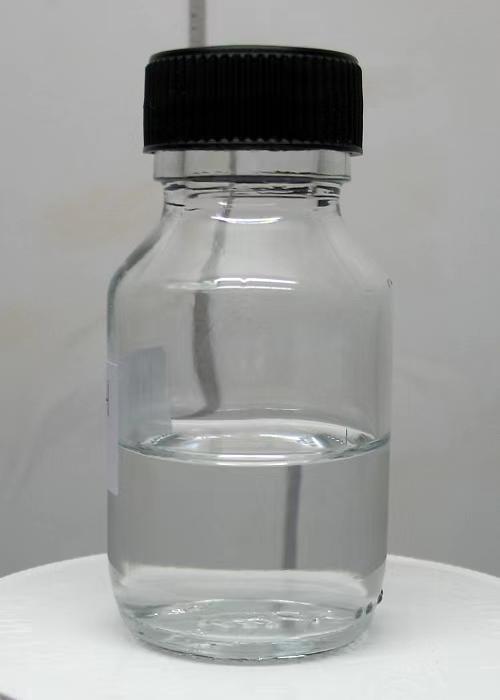



pam polyacrylamide
An Overview of PAM Polyacrylamide Properties, Applications, and Impact
Polyacrylamide (PAM) is a synthetic polymer widely recognized for its versatile applications across various industries, particularly in agriculture, wastewater treatment, and soil stabilization. This water-soluble polymer has garnered significant attention due to its ability to enhance the physical and chemical properties of various formulations. As industries look for effective and environmentally friendly solutions, PAM has emerged as an indispensable resource.
Properties of Polyacrylamide
PAM is characterized by its unique structural properties. It is formed through the polymerization of acrylamide monomers, which can be adjusted to create various forms of PAM, including nonionic, anionic, and cationic versions. This diversity allows for customization to meet specific application requirements.
One of the key properties of PAM is its high molecular weight, which can range from 1 million to several million Daltons. This high molecular weight contributes to its excellent water retention capabilities, leading to improved soil structure and moisture conservation. PAM is not only soluble in water, but its ability to form gel-like substances upon hydration enhances its functionality in various applications.
Applications of Polyacrylamide
1. Agriculture
In agriculture, PAM is primarily used for soil erosion control, water retention, and enhancing seed germination. By improving soil structure, it enables better infiltration of water and nutrients, ultimately leading to higher crop yields. Farmers utilize PAM to create a more stable soil environment, which is crucial for sustainable farming practices, especially in arid regions.
2. Wastewater Treatment
.
PAM is a critical component in wastewater treatment processes. It acts as a flocculant, aiding in the agglomeration of suspended solids, which facilitates their removal during sedimentation. The use of PAM in wastewater treatment not only improves the efficiency of the process but also enhances the quality of the effluent, ensuring compliance with environmental regulations.
pam polyacrylamide

3. Oil and Gas Industry
In the oil and gas sector, PAM is used in drilling fluids, where it helps to stabilize the borehole and improve the overall efficiency of drilling operations. Its thickening properties allow for better control of fluid loss and improved lubrication, leading to safer and more efficient drilling practices.
4. Construction and Civil Engineering
PAM is increasingly utilized in construction projects, particularly for soil stabilization and erosion control. Its application helps prevent soil erosion during construction activities and improves the load-bearing capacity of soil, making it a preferred choice for road construction and landscaping projects.
Environmental Impact and Safety
While PAM is a powerful tool, it is essential to consider its environmental impact. The polymerization process of acrylamide has raised concerns due to the potential toxicity of unpolymerized acrylamide. However, when properly polymerized, PAM is generally regarded as safe for use in various applications. Regulatory bodies such as the Environmental Protection Agency (EPA) have established guidelines to ensure its safe usage in agricultural and industrial applications.
Moreover, the biodegradability of PAM varies depending on its specific formulation. Recent advancements in technology have led to the development of more environmentally friendly alternatives that minimize the environmental footprint of PAM.
Conclusion
PAM polyacrylamide is an invaluable resource across numerous sectors, contributing to improved agricultural practices, enhanced wastewater treatment processes, and efficient industrial operations. Its unique properties and versatility make it a vital component for achieving sustainable solutions in an ever-evolving world. With ongoing research and development, PAM is likely to continue playing a significant role in addressing global challenges, from food security to environmental sustainability. As industries embrace more sustainable practices, the future of PAM in innovative applications remains promising, highlighting its importance in a world that increasingly prioritizes eco-friendly solutions.
-
Why Sodium Persulfate Is Everywhere NowNewsJul.07,2025
-
Why Polyacrylamide Is in High DemandNewsJul.07,2025
-
Understanding Paint Chemicals and Their ApplicationsNewsJul.07,2025
-
Smart Use Of Mining ChemicalsNewsJul.07,2025
-
Practical Uses of Potassium MonopersulfateNewsJul.07,2025
-
Agrochemicals In Real FarmingNewsJul.07,2025
-
Sodium Chlorite Hot UsesNewsJul.01,2025










